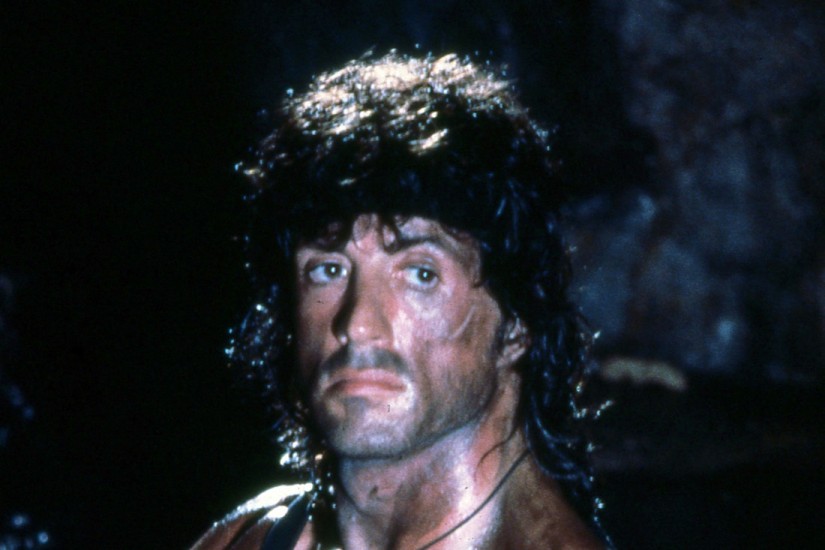Thirty years ago, John Rambo was fighting a very different, if equally fictionalized and racialized menace, as the most public face of one of our country’s greatest delusions: the belief that thousands of live American servicemen were held captive throughout Southeast Asia after the official end of the Vietnam War. Prior to the Nixon administration, the armed forces had used a different classification for soldiers who could not be accounted for: KIA/BNR, or “killed in action/body not recovered.” This classification led with the greatest likelihood — if a soldier’s body could not be recovered, particularly in an unfamiliar environment like Vietnam, it was probably fair to assume they had been killed in combat — while still acknowledging those rarer cases in which an unrecovered body might not actually be a casualty. Though there had been a sporadic number of American servicemen held prisoner in Vietnam since the 1950s, the official position of previous administrations on the issue was to keep it "quiet."
That all changed just a few months into Nixon’s first term, in a desperate ploy to stir up support at home for an unpopular conflict abroad, as outlined in H. Bruce Franklin’s M.I.A., or Mythmaking in America. As the many fictions necessary to sustain the war were exposed, Nixon and company needed a new approach — and a new lie. In a press conference on May 19, 1969, Defense Secretary Melvin Laird announced the existence of around 1,300 American soldiers now deemed “missing in action,” around half of whom were believed to be prisoners of war. The unaccounted for would now publically be described as “POW/MIA,” implying that any serviceperson missing in Vietnam could also be a prisoner of war. This transformed the war from a political issue into a humanitarian one, trading public support for sympathy. It didn’t matter why we were there in the first place: our boys were there, and by God were we going to do anything to get our boys home.
Suddenly, the public image of Vietnam looked very different. The very real footage of brutalized Vietnamese bodies, wailing children, and napalmed villages was traded for a fantasy — all of the violence that had been done in Uncle Sam’s name was now being done to him.
